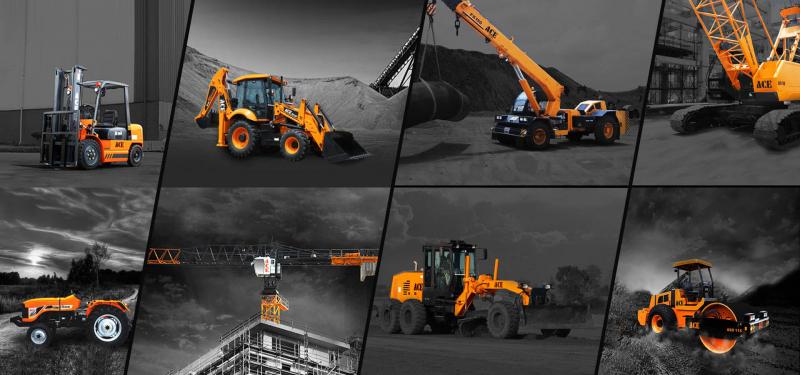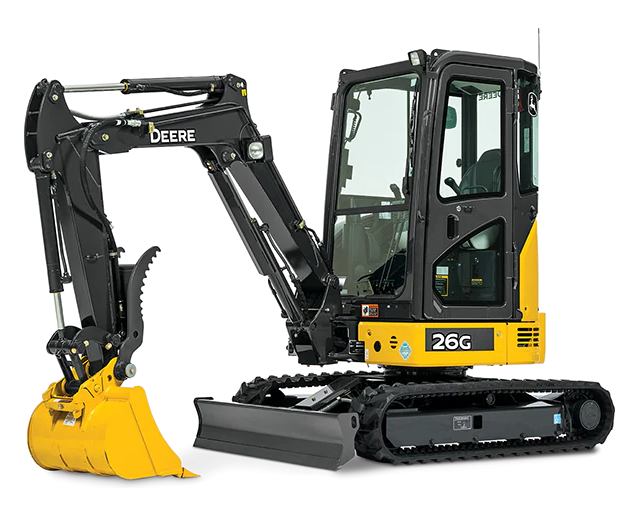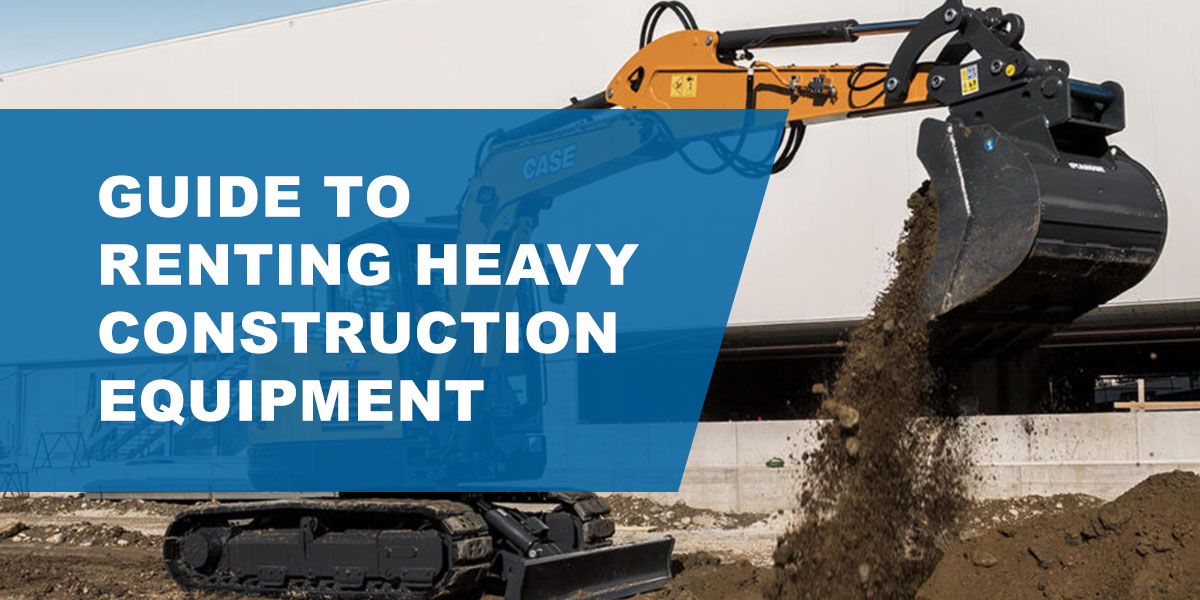Maximize Your Budget by Comprehending the Costs Associated With Construction Tools Services
Comprehending the complete scope of prices connected with construction equipment rentals is crucial for optimizing your spending plan. What strategies can be used to properly take care of these expenses and make certain a much more efficient rental experience?
Review of Rental Expenses
When taking into consideration building and construction equipment leasings, understanding the linked costs is paramount for effective budgeting and job preparation. Rental expenses can differ dramatically based on several factors, including devices type, period of rental, and area. The initial rental fee often shows the tools's market demand and its linked operational capabilities, affecting the total cost.
Along with the base rental rate, secondary expenses might arise, such as transportation costs, fuel surcharges, and upkeep charges. It is crucial to account for these added expenditures to precisely assess the complete price of leasing devices. The rental duration can impact pricing; longer leasings might certify for affordable rates, while short-term leasings may sustain greater day-to-day fees.

Break Down of Rental Prices
An extensive understanding of rental prices is vital for specialists and project managers aiming to enhance their budgets. Rental rates for building and construction devices usually include a number of parts, including base rates, time-based costs, and use charges.
Base rates are the core charges connected with the leasing of the tools, often identified by the type and size of the machinery. These prices can differ substantially, influenced by aspects such as equipment demand, availability, and local market patterns. Time-based charges, which may be daily, weekly, or monthly, serve to suit different project timelines and rental periods.
In addition, rental prices might consist of usage costs, which are applicable when devices is utilized beyond a defined threshold, guaranteeing that the rental firm can represent wear and tear. Seasonal demand variations can likewise affect rental prices, with peak building and construction periods generally regulating higher prices.
Additionally, understanding the rental firm's plans concerning upkeep and insurance can offer further understanding into the overall expense framework. By examining these components, contractors can make educated decisions, making certain the choice of rental tools aligns with both task requirements and spending plan restrictions.
Extra Costs to Consider
Understanding the ins and outs of added fees is vital for contractors to manage their overall leasing costs efficiently. Beyond the conventional rental prices, different auxiliary costs can significantly affect the complete price of tools service. These fees often consist of shipment and pickup fees, which can vary based on distance and logistics included in carrying the devices to and from the task website.
In addition, some pop over here rental firms might enforce fuel surcharges if the equipment is returned with less fuel than when rented out. It is also vital to be conscious of prospective cleaning costs, especially for specific equipment that calls for thorough upkeep after usage.

Thoroughly examining the rental agreement and clearing up these additional costs upfront can help contractors stay clear of unforeseen expenses and make certain that budget plans remain undamaged throughout the project lifecycle.
Repair And Maintenance Expenses
Normal repair and maintenance expenses are usually forgotten variables that can substantially affect the overall expense of building and construction equipment services. When renting devices, it is important to think about not just the rental fees however also the possible costs connected with maintaining the machinery in optimal operating problem.
Several rental companies consist of standard maintenance as component of the rental agreement; however, a lot more considerable repair services or unanticipated break downs can bring about additional costs. It's essential to review the rental contract very carefully to recognize what maintenance services are covered and what responsibilities fall on the tenant.
Additionally, tools that is not properly material lift for construction maintained can lead to inefficiencies on the task site, potentially triggering delays and raising job costs. To reduce these dangers, it is a good idea to carry out routine assessments and keep open communication with the rental provider regarding any issues that arise throughout usage.
Insurance Coverage and Responsibility Prices
Insurance and liability prices are vital parts that can significantly influence the total expense of building and construction tools services (mini excavator rental). These expenses make sure that both the rental company and the customer are protected from prospective financial losses arising from crashes, damages, or burglary during the rental period

In addition, clients ought to be mindful of any kind of deductibles or exemptions in the insurance coverage plan, as these can affect possible out-of-pocket costs. Understanding the terms of any insurance coverage is important to stay clear of unanticipated expenses. Inevitably, budgeting for insurance and liability expenses can help ensure a smoother rental experience and safeguard versus monetary dangers associated with building and construction projects.
Verdict
In conclusion, an extensive understanding of the costs connected with construction equipment services is necessary for efficient spending plan monitoring. Eventually, notified decision-making concerning equipment rentals contributes to the total success of building and construction ventures.
Rental costs can vary significantly based on several factors, consisting of devices type, period of leasing, and location (boom lift rental). The rental period can impact prices; longer leasings may certify for reduced prices, while temporary services may incur greater daily costs
By conducting complete study and engaging with credible rental companies, contractors can properly navigate the complexities of rental pricing, inevitably maximizing their economic resources.
Past the basic rental rates, different supplemental fees can significantly impact the complete expense of equipment leasing. Rental firms commonly offer responsibility insurance policy that covers injuries to 3rd events or damages to residential property, while equipment damage insurance policy can cover the expense of repairs or replacement if the rented out tools is check my source damaged.